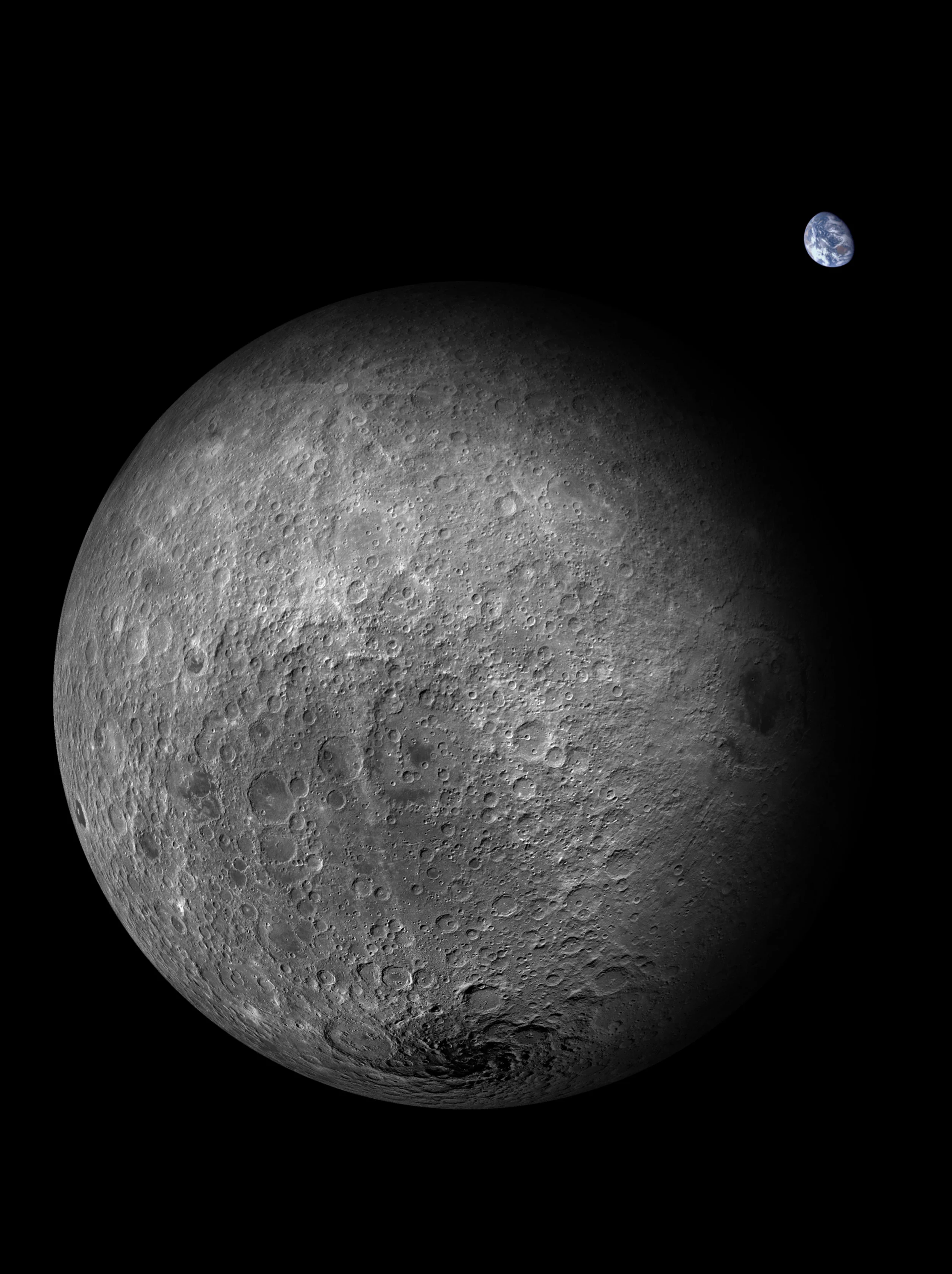Copyright scmp

China could beat the United States to become the first country to find water on the moon, with all international payloads already handed over for its next robotic lunar mission which is slated for launch in August. Tang Yuhua, deputy chief designer for the Chang’e-7 mission, said the spacecraft’s development was progressing smoothly, with scientific instruments from six national partners and one NGO delivered to the China National Space Administration. The instruments have been provided by China’s traditional partner Russia along with Egypt and a number of US space allies including Bahrain, Thailand, Italy and Switzerland, as well as Hawaii-based NGO the International Lunar Observatory Association. The mission will focus on studying the environment and searching for water ice near the moon’s south pole – a vital resource for future crewed space exploration because of its potential to be converted into drinking water, breathable oxygen and even rocket fuel. The Chang’e-7 spacecraft is the most complex ever built for China’s lunar programme, Tang told state broadcaster CCTV on Saturday. It would consist of an orbiter, lander, rover, hopper and a relay satellite, she said. Wu Weiren, chief designer of the country’s lunar exploration programme, said Chang’e-7 was likely to touch down “at a spot with more than 100 days of continuous sunlight” – ideal for long-term operations. After the landing, the hopper will dive into the deep lunar craters where it will conduct on-site analysis and test for water, Wu told CCTV. “The mission is both challenging and honourable. If we can confirm the presence of water on the moon, that would be one of the greatest contributions to mankind,” he said. Washington and the Nasa leadership have repeatedly said the two countries were in a race to land astronauts on the moon. While China has aimed for no later than 2030, Nasa’s goal is set at mid-2027 at the earliest, though the programme faces major technical hurdles. If Chang’e-4’s landing area was a tennis court, Chang’e-7’s is a ping-pong table In terms of the search for lunar water, no US mission is currently on track to beat China’s timeline. Earlier this year, Intuitive Machines’ IM-2 lander and Nasa’s Lunar Trailblazer orbiter – both intended to search for water ice on the moon – failed to reach lunar orbit. Nasa cancelled 2024 plans for its Volatiles Investigating Polar Exploration Rover (Viper) to look for ice near the moon’s south pole, later reviving the mission for a 2027 launch at the earliest. In a recent interview with Beijing-based China Science Daily, Yu Dengyun, chief designer of China’s fourth phase of lunar exploration, outlined some of the unique challenges facing the Chang’e-7 mission. “Many of these challenges are firsts for humanity and the risks are indeed high,” he said. “Even if no other country has done it before, we’re still setting new scientific goals for ourselves.” Temperatures at the landing site, which sits above 85 degrees south latitude, will be extremely low, reaching highs of around minus 110 degrees Celsius (minus 166 degrees Fahrenheit) and potentially dropping below minus 230 inside the shadowed craters. Meanwhile, the terrain is exceptionally rugged, which means the spacecraft must achieve a very precise landing in harsh conditions. “If Chang’e-4’s landing area was a tennis court, Chang’e-7’s is a ping-pong table,” Yu said. Lighting and communication would also be far more difficult than in previous missions, he added. The sun near the lunar pole never rises more than a few degrees above the horizon, casting long shadows that will complicate navigation and power generation. According to a 2024 paper in National Science Review, Chang’e-7’s preferred landing site lies in the region of Shackleton crater, a deep impact basin at the moon’s south pole where sunlight and shadow coexist in extreme contrast. Nasa has similarly identified the rim and nearby ridges of Shackleton as top candidate destinations for its crewed Artemis III mission, with a similar goal of detecting water ice in one of the best-studied permanently shadowed craters. Chang’e-8, scheduled for launch around 2029, will focus on testing in situ resource utilisation – the ability to build and produce materials directly from lunar soil, according to the CCTV report. One of the Chang’e-8 mission’s main goals will be to explore the feasibility of constructing facilities on the moon using local materials. It will verify technologies that use high temperatures to melt lunar regolith as well as 3D print structural components. Passionate about science? Dive deeper with the Dark Matters newsletter, a weekly in-depth analysis on China’s rise in science, technology and military that goes beneath the surface. Sign up for free now.



